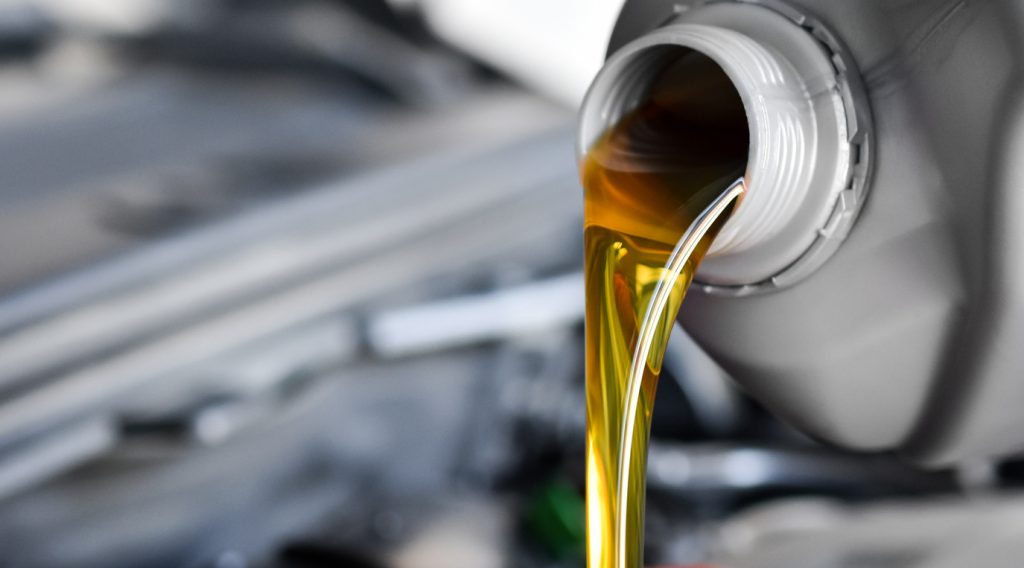Follow in this video a Filtration of Hydraulic and Lubricant oil being done, this is a Crusher.
Filtration of Hydraulic and Lubricant oil was necessary because the equipment was defective and threw Bronze and Iron filings into the reservoirs, locking filters and valves.
In the video you can see two reservoirs, one of 350 liters of lubricating oil that lubricates the system and one of 100 liters for the hydraulic circuit.
Two dialysis equipment (FMD 404 TC and FMD 202) working at the same time, both collecting at the bottom of the tank and returning the return rods at the top on the opposite side of the tank for circulation. Both equipments are working on top of the truck using the local three-phase network.
After Hydraulic and Lubricating Oil Filtration, the Crusher started working again.
Discover 7 Benefits of Hydraulic and Lubricating Oil Filtration.
See below the main benefits of oil microfitration: Elimination of moisture (water); Removal of solid particles; Maintenance of additives; Increased oil change interval; Decreased machine downtime; Good for the environment; Reduction of operating costs.
1 – Elimination of moisture: water will always be present in hydraulic and lubricating oils due to condensation caused by the heating and cooling cycles of engine and equipment components. In fuels, like diesel, for example, when mixed with water, sulfur ends up forming acids causing damage to the system.
2 – Removal of solid particles: dirt and metallic particles will always be present in hydraulic and lubricant systems and this is the main reason why frequent oil changes are made. Conventional filtration systems remove particles up to a maximum of around 20 microns, when Microfiltration systems eliminate particles from 1 to 3 microns, reducing the chances of wear and increasing the life of the oil, as well as the equipment.
3- Maintenance of additives: to increase the efficiency of the oil, a specific load of additives is added to it. Some of these additives include dispersants, detergents, oxidation and rust inhibitors, antifreeze, foam inhibitors and chelators. Microfiltration removes dirt, contaminants, metallic wear particles and water. With clean oil, the additive load remains intact, ensuring the maintenance of its lubricating quality.
4- Increased oil change interval: due to the reasons mentioned above, the oil can be used for so long as long as it is clean, free of water and maintaining its load of additives. A simple oil analysis will indicate whether or not a change is required.
5 – Decreased machine downtime: with microfiltered oil, clean of contamination, and based on information from laboratory reports, it is possible to prevent problems before they happen. This helps to preserve parts and reduces the number of components that need maintenance or replacement. In summary, microfiltration leaves machines and equipment producing for longer.
6 – Good for the environment: microfiltration performs a reconditioning process extending the life of the oil, which can be used for a longer time. This, in addition to offering a reduction in operating costs, also brings benefits to environmental causes, since there is a reduction in oil disposal and consumption of natural resources.
7- Reduction of operating costs: the combination of the previous benefits leads us consequently to the most important benefit, the reduction in the general costs of operations. As we have seen, with microfiltration we have clean oil from contamination; less disposal of input and machines producing for longer.
Now you know the main benefits of Microfiltration, but don’t stop there: understand in this post the differences between Oil Filtration and Microfiltrationand see how to improve your operations.
If you prefer, talk directly to our experts and check out everything we can do for the success of your business!




